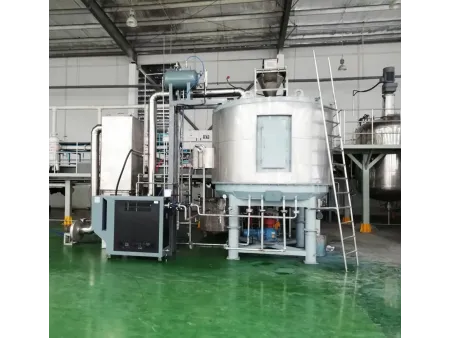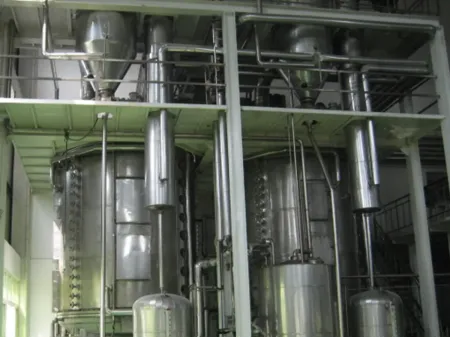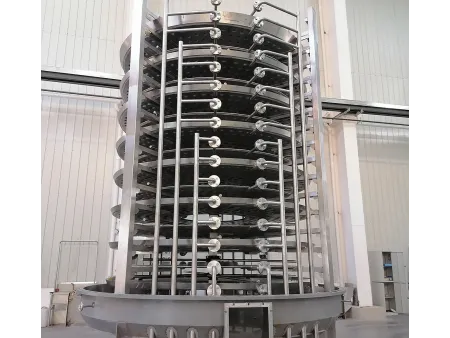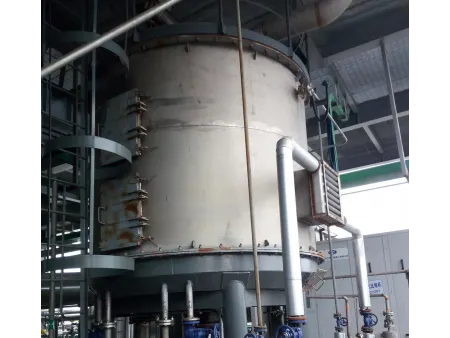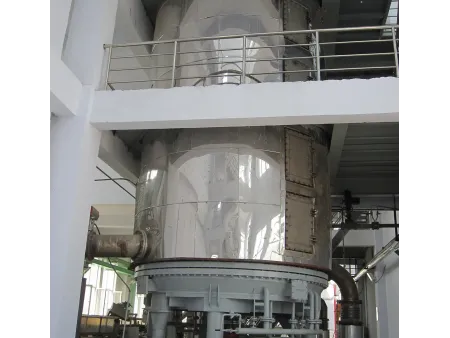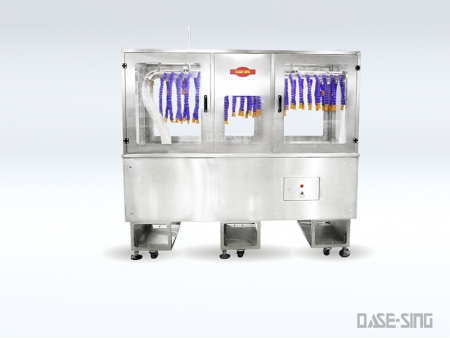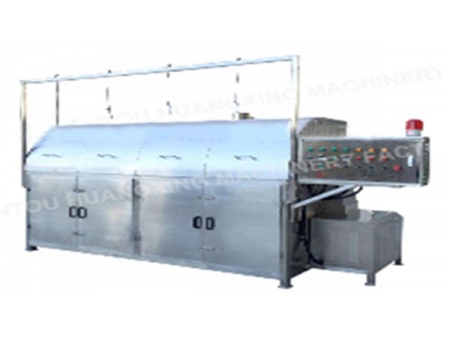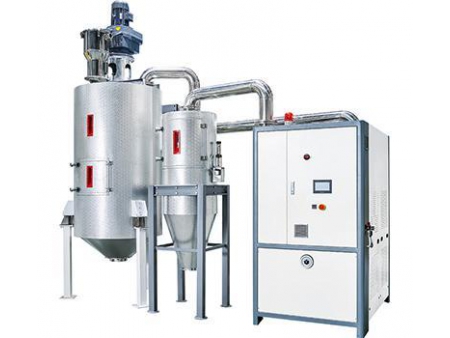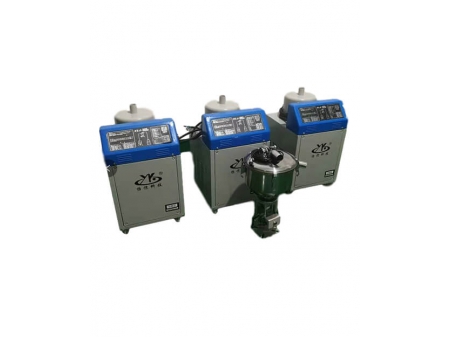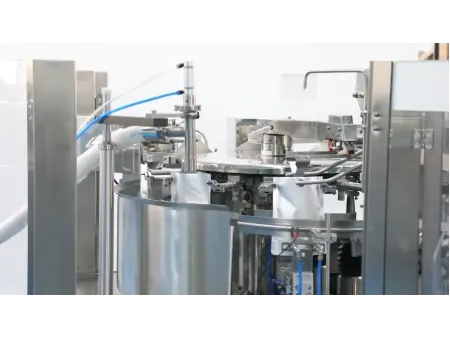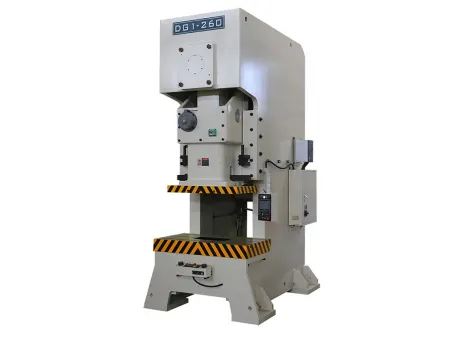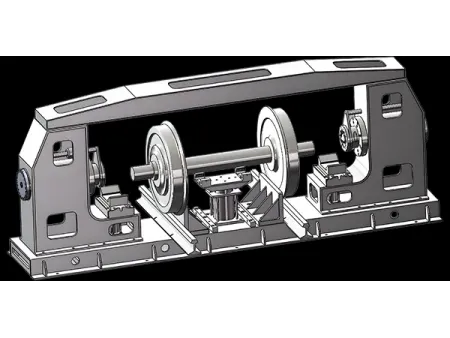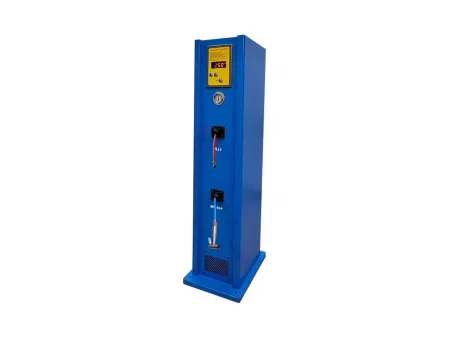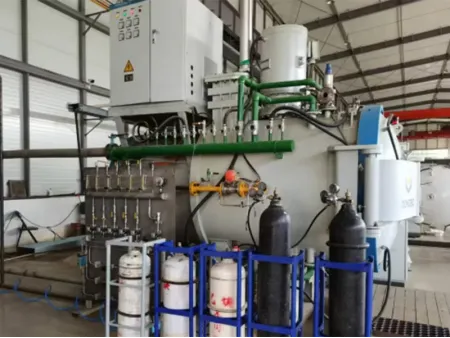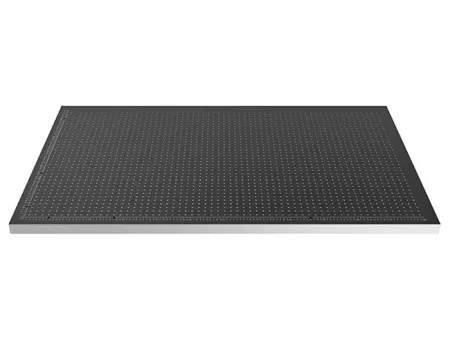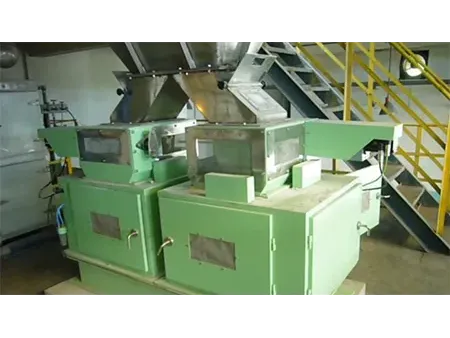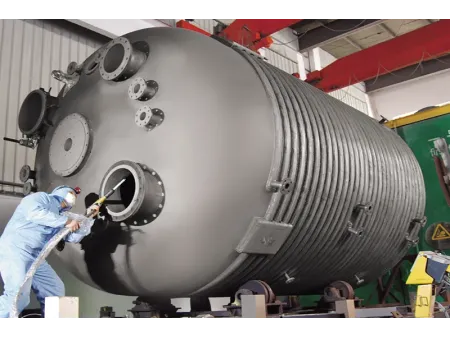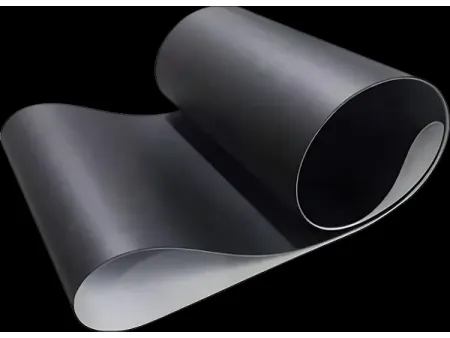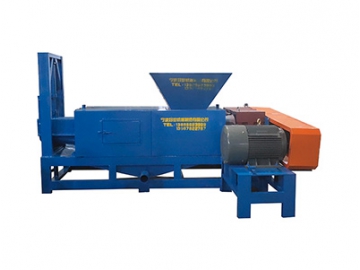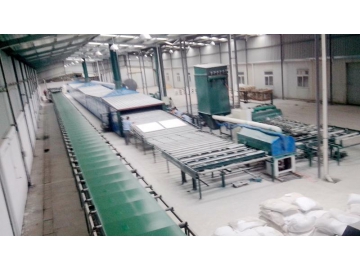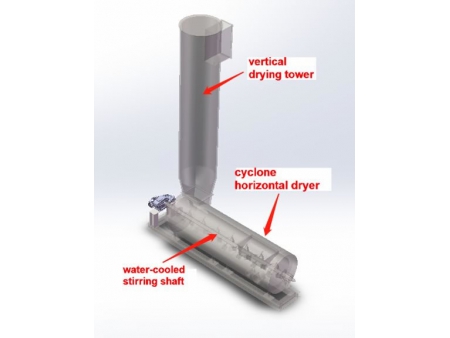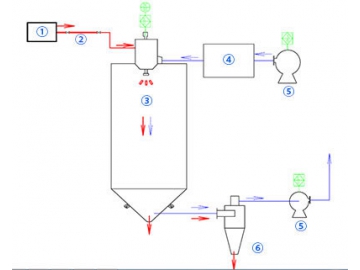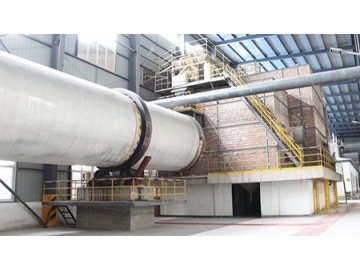Ternary Material and Precursor Drying System
Industrial Drying Solutions
We provide industrial drying solutions for ternary materials composed of nickel, cobalt and manganese in lithium ion batteries
Ternary materials such as lithium nickel cobalt manganese oxide (Li(NiCoMn)O₂) are commonly used in lithium-ion batteries for electric vehicles. The precursor, spherical nickel hydroxide (also referred to as spherical nickel), typically has a loose, powdery or slightly lumpy texture. It has limited flowability and a blue-green appearance. Moisture content before drying usually ranges from 10% to 15%, depending on the raw materials and process, and must be reduced to between 0.5% and 1.0% to meet product quality standards.
Drying Conditions and Considerations for Ternary Materials and Precursors
Ternary materials and their precursors, such as spherical nickel hydroxide, have a loose texture and generally acceptable flowability. The drying process must ensure low energy consumption, uniform heat distribution, and a clean working environment. Product quality targets should be achieved in a single pass to maintain process efficiency. For battery-grade applications, magnetic contamination introduced during drying must be kept below 20 ppb. Due to the fine particle size, dust collection is challenging and requires a reliable recovery system.
- Our drying systems are designed for continuous operation, with thermal efficiency reaching over 85%, making it ideal for large-scale and consistent production.
- To ensure minimal material loss and a clean environment, the exhaust section includes a specially designed dust removal system capable of recovering more than 99.9% of fine particles.
- To meet strict limits on magnetic contamination, key components such as the feeder interior, scraper blades, and drying tray surfaces are made from non-metallic materials, lined with non-metallic layers, or built using non-magnetic metals.
- Heating or cooling media can be independently applied to each tray. This configuration enables drying in the upper section and cooling in the lower section of the same drying unit, providing reliable temperature control across the entire process.
- Our drying equipment supports flexible heat source options. Depending on site conditions, it can use steam or thermal oil, heated by electricity, natural gas, coal, or gas combustion.
- A built-in crushing device is positioned inside the dryer to break small, wet agglomerates into fine powder. This improves heat transfer, promotes uniform drying, and helps maintain consistent product quality.
